Why Hydration is Non-Negotiable for Pets
Water regulates body temperature, aids digestion, flushes toxins, and cushions joints. Dehydration in pets can lead to urinary crystals, kidney failure, and heatstroke. According to the American Veterinary Medical Association (AVMA), water constitutes 60-80% of a pet’s body weight.
How Much Water Does Your Pet Need?
The general rule is 50ml per kilogram of body weight daily. A 10kg dog needs ~500ml. Cats typically require 30-50ml per kg. Factors like diet (wet food provides moisture), activity level, age, and weather drastically alter needs. Always consult your vet for individualized advice.
Practical Hydration Strategies
Fresh Water Always: Replace water at least twice daily. Stagnant water grows bacteria and deters drinking.
Multiple Stations: Place bowls in quiet, accessible areas (not just near food/litter boxes). Multi-level homes need stations on each floor.
Bowl Choice Matters: Use wide, shallow ceramic or stainless steel bowls. Cats dislike whisker stress; dogs prefer non-reflective surfaces. Avoid plastic (harbors bacteria, causes acne).
Running Water Appeal: Many pets prefer flowing water. Consider a pet water fountain – studies show they can increase intake by up to 50%.
Wet Food Boost: Incorporate vet-approved wet food into their diet. It can be 70-80% water.
Flavor Infusion (Sparingly): Add a splash of low-sodium broth (onion/garlic-free) or tuna water (for cats) to their bowl.
Ice Cube Treats: Offer ice cubes made from plain water or diluted broth as a cool, hydrating snack.
Post-Activity Replenishment: Always offer water after walks, play, or exposure to heat. Carry a portable bowl outdoors.
Recognizing Dehydration: Act Fast!
Check for:
Skin Turgor Test: Gently pinch the skin between the shoulder blades. It should snap back immediately. Slow return indicates dehydration.
Gum Check: Gums should be moist and pink. Tacky, pale, or dry gums are red flags.
Capillary Refill Time: Press a finger on the gum. Color should return within 2 seconds.
Sunken Eyes & Lethargy: These are serious signs requiring immediate veterinary attention.
Reduced urine output or dark yellow urine also signals trouble.
Special Considerations
Senior Pets/Kidney Issues: Often need increased water intake; monitor closely. Fountains are highly beneficial.
Brachycephalic Breeds (Pugs, Persians): May struggle to drink efficiently; offer shallow bowls.
Illness/Recovery: Hydration is critical. Syringe-feed small amounts of water if advised by your vet.
Pro Tip: Track intake! Measure water added to bowls and note how much is left after 24 hours. Sudden increases or decreases warrant a vet visit. My own Labrador’s increased drinking uncovered an early thyroid issue!
Final Thought: Consistent access to clean water is the simplest yet most vital aspect of pet care. By implementing these strategies, you actively safeguard your pet’s organ function and overall vitality. Observe their habits, know the signs of dehydration, and partner with your veterinarian for optimal hydration health.





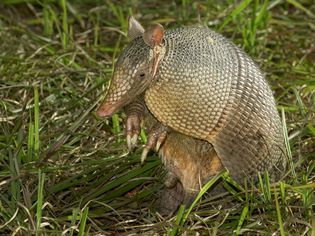
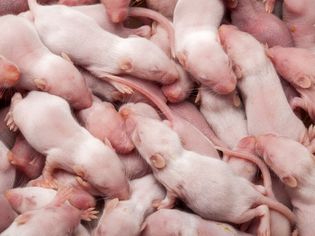
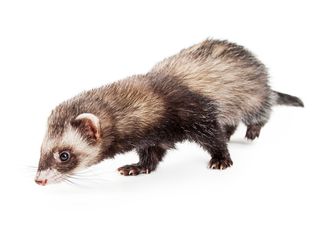
Comments on "How to Keep Your Pet Hydrated: Tips for Proper Water Intake" :